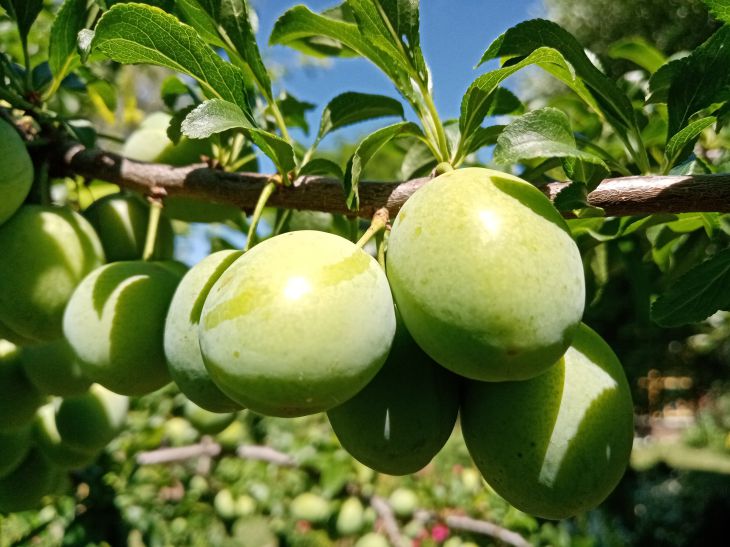How to grow sweet and juicy plums: just follow 3 rules - and the desired result will be achieved with ease
Any gardener will be disappointed if the plums they pick turn out to be sour.
After all, you want the fruits to be sweet and juicy.
To avoid getting into an unpleasant situation and not getting upset because of a poor-quality harvest, you need to follow a few simple rules when caring for the plant.
In this case, an excellent result will be achieved without unnecessary hassle, emphasizes the expert of the online publication "BelNovosti", scientist-agronomist and landscape designer Anastasia Kovrizhnykh .
Carry out pruning correctly and on time
The plum needs to be pruned. If this is not done, the crown will thicken - and then the harvest is unlikely to be rich.

It is advisable to perform the procedure at least twice a year.
First - in the spring. You need to prune before the buds have opened, but after the frost period has ended. You should remove those branches that are damaged and frozen.
Don't forget about autumn pruning. It should be done a couple of weeks after the beginning of the calendar autumn. As in spring, damaged branches should be removed. In addition, many branches will have to be significantly shortened.
Feed correctly
In the spring, a solution of urea and potassium sulfate should be added to the soil under the plum tree (2 tablespoons of each product per bucket of water).
After flowering begins, a solution of nitrophoska (3 tablespoons per bucket of water) will help the plant.
After fruit formation begins, a solution of chicken manure will have a positive effect on the crop.
In the autumn, the tree will “react” well to superphosphate.
Protect from diseases and pests
In early spring and mid-autumn, the plant should be doused with drops of three percent Bordeaux mixture.
In addition, it is necessary to prevent calcium deficiency in the soil. The use of dolomite will help to achieve the ideal result.
Both procedures will reduce the risk of the plant being attacked by pests and facing serious diseases.
Earlier, summer residents were told where they should not plant cucumbers .
